A huge number of innovations in the consumer electronics segment can be considered the main trend this year. Of course, high-tech TVs are no exception. Moreover, some of which may become revolutionary in the future. This list includes:
– Cognitive Processor XR in new Sony BRAVIA XR lineup;
– new Google TV platform;
– mini LED backlit in LG QNED and Samsung Neo QLED series;
– OLED Evo panel in LG G1 Gallery Series OLED TV.
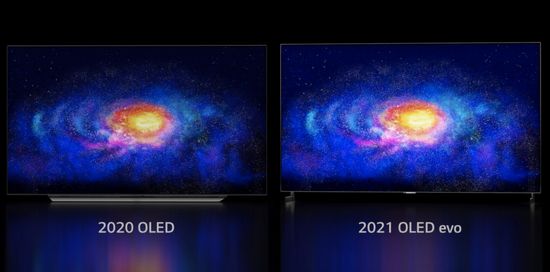
– Hisense Dual Cell technology.
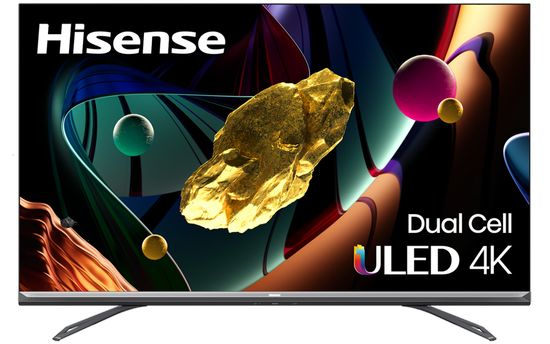
All these areas have excellent prospects. Google TV platform is practically devoid of Android TV cons, OLED Evo increases the brightness of OLED panels by about 20%, solving one of their main problems, mini LED backlit significantly increases the contrast of LCD TVs, bringing their image quality very close to OLED panels, Hisense Dual Cell technology solves the same problem, but much cheaper and with excellent prospects for further development. In particular, the mini LED backlit uses a huge number of miniature LEDs grouped into a large number of local dimming zones with separate control.
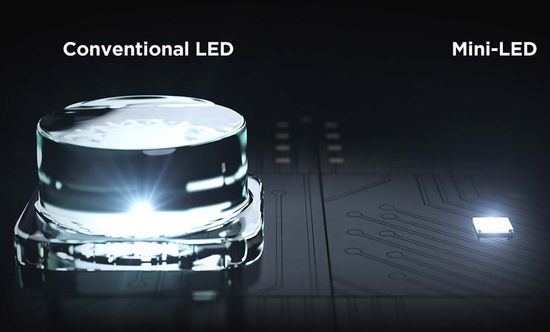
Hisense Dual Cell technology also improves the backlit of LCD TVs, but it uses an additional monochromatic panel, each pixel of which works as primitive local zone. Today Hisense Dual Cell U9DG uses a 1080p matrix, which corresponds to 2,000,000 primitive dimming zones. In the future, the company promises to increase the resolution of this additional layer to 4K, increasing the number of zones to 8 million!
Cognitive Processor XR
The Cognitive Processor XR has a special place on this list. As known, increasing immersive level is one of the main trends in the media electronics segment, and Cognitive AI technology has been developed to meet this challenge.
The Cognitive AI technology is conceptually aligned with the Kando philosophy that Sony actively promotes in all of its products. Kan-do roughly translates to ‘moving through emotions’. “Do” means “path”, respectively, ‘kan-do’ is the path of a joy moment. The term ‘cognitive’ (from Latin ‘cognito’) means ‘based on knowledge’ (from Latin ‘cognito’) and refers to any AI system.
Of course, the new Sony BRAVIA XR lineup with this technology has generated tremendous interest in the consumer market.
Strictly speaking, the Cognitive Processor is a processing unit that generates the images on-screen. In fact, cognitive Artificial Intelligence (AI) technology cross-analysis an array of elements, simulating the work of the brain when perceiving information. In particular, looking at the scene in front of us, we subconsciously focus our eye and brain on certain points. Sony’s new chipset is also chooses the focal points.
Of course, the new technology is complex and includes many algorithms, but, in a very simplified way, it provides:
– analysis of color, contrast, texture, depth and detail in multiple zones;
– cross-analysing this information within and between frames;
– brightness and contrast optimization.
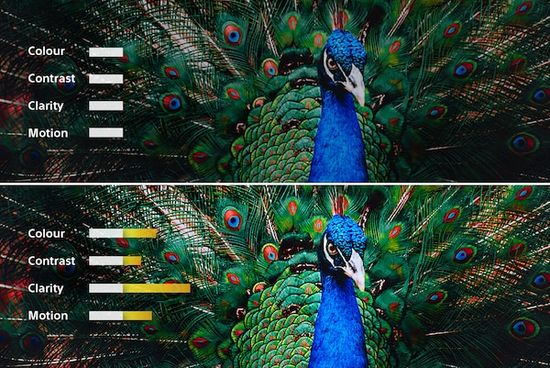
In addition to improving video processing, the new technology significantly improves sound. In fact, it upscales 2- or 5.1-channel 3D surround sound to 5.1.2-channel, additionally considering acoustic height and depth besides the traditional frequency. Of course, this algorithm dramatically improves immersive soundscape by enhancing the realism of perception.
Sony Bravia XR
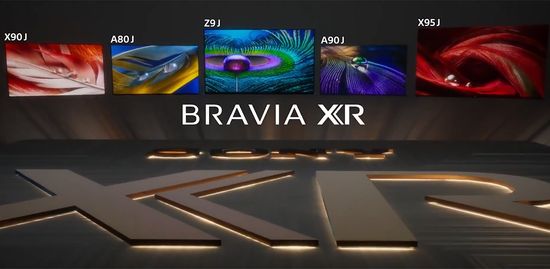
– Z9J – 8K HDR Full Array LED;
– A90J & A80J – 4K HDR OLED;
– X95J & X90J – 4K HDR Full Array LED.
Z9J belongs to the 8K TVs segment, the popularity of which is not very stable. Sony X95J & X90J are great, but they will face tough competition with LCD models which have Quantum Dot technology and mini LED backlit. The segment has expanded this year with the excellent LG QNED and Samsung Neo QLED series.
Sony TVs use traditional full-array local dimming (FALD) instead of an innovative mini LED backlit. Unfortunately, the number of zones is unknown. But they have increased brightness due to the multi-level Contrast Bust function.
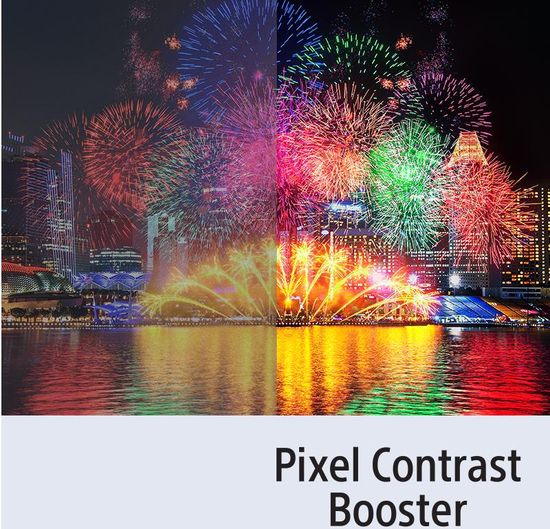
Number of levels is 5 in X90J, 10 in X95J, and 15 in Z9J. The A90J OLED model also supports this feature, but it uses special aluminum-backed panels to protect the organic diodes from overheating.
The perspectives for OLED A90J & A80J more promising. In practice, they only compete with the LG OLED G1.
Prices
Sony A80J
-55in – $ 1,800;
-65in – $ 2,300;
-77in – $ 3,500.
LG G1
-55in – $ 2,000;
-65in – $ 2,700;
-77in – $ 4,300.
Sony A90J
-55in – $ 2,800;
-65in – $ 3,800;
-83in – $ 8,000.
Prices for LG G1 series are located almost exactly in the middle. For unclear reasons, the prices of the A90J and A80J differ very significantly. Perhaps the company’s management deliberately uses this strategy, stimulating demand for the budget version. But, of course, this atypical situation requires an analysis of specs.
Sony Bravia XR A90J vs A80J
Both series have traditional pros & cons for OLED panels:
Pros
– near-perfect black levels and contrast ratio;

– very wide viewing angles;
– smooth motion with nearly instant response time.
Cons
– risk of burn-in for organic LEDs;
– limited brightness.
SDR Brightness (A80J vs A90J)
– Peak 100% Window – 166 vs 187 nits (cd/m²);
– 50% Window – 306 vs 311 nits;
– 10% Window – 481 vs 481 nits.
Basically, this brightness is in line with other OLED TVs. But the brightness with Peak Luminance turned off is much lower, and the image is much dimmer.
For the A80J, the brightest possible image at the expense of accuracy is achieved with the following settings:
– Picture Mode – ‘Vivid’;
– Advanced Contrast Enhancer – ‘High’;
– Peak Luminance – ‘High’;
– Brightness and Contrast – max;
– Color Temperature – ‘Cool’;
– Live Color – ‘High’.
In this mode, the A80J demonstrates over 720 nits in the 2% window. The brightest possible image of A90J only reaches 680 nits (in the 2% window).
HDR Brightness (A80J vs A90J)
– Peak 100% Window – 155 vs 177 nits;
– 50% Window – 293 vs 294 nits;
– 10% Window – 726 vs 770 nits;
– 2% Window – 865 vs 803 nits.
The settings for brightest image are identical to SDR mode. In this mode, the A80J demonstrates over 950 nits in the 2% window. The brightness of the A90J at maximum settings reached almost 1300 nits in the 2% window, but the screen got very hot and the brightness dropped quickly. In general, both series practically do not differ in brightness.
Other specs
Viewing Angle (A80J vs A90J)
– Brightness Loss (reduced brightness to 75%, good value > 45°) – 59° vs 64°;
– Black Level Raise (black level brightness doubles, blurring dark shades, good value > 45°) – 70° vs 70°;
– Gamma Shift (some grayscale shades shift by 3% between the black and white, good value > 45°) – 52° vs 61°.
Both series provide wide viewing angles. But unlike the Sony A90J with glossy finish, the Sony A80J has a slightly matte finish, which is less effective at suppressing glare.
Pre setting, Picture Mode – Custom, Color Temp Setting – Expert 1 (Sony A80J vs Sony A90J)
– White Balance dE – 1.97 vs 1.93 (good value < 3);
– Color dE – 1.29 vs 1.99 (< 3);
– Gamma – 2.21 vs 2.18 (2.1 – 2.3);
– Color Temperature – 6,970K vs 6,700K (6500K).
Both series have amazing ‘out-of-the-box’ color accuracy, but the shifted color temperature in the A80J can add bluish.
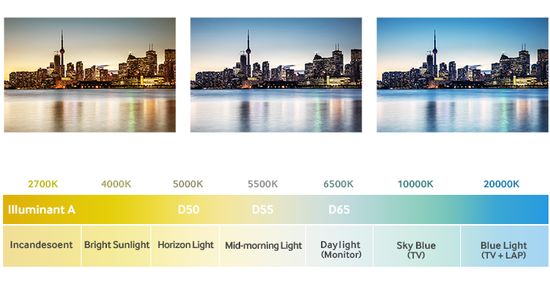
Post Calibration
– White Balance dE – 0.21 vs 0.13;
– Color dE – 0.93 vs 0.72;
– Gamma – 2.20 vs 2.20;
– Color Temperature – 6,517K vs 6,511K.
Both series show fantastic accuracy after calibration.
Color Gamut
A80J vs A90J (DCI-P3 & Rec 2020)
97.89% & 71.34% vs 98.16% & 70.95% (good value for DCI-P3 > 90%).
Both series have an excellent color gamut, which is much wider than required even for HDR content.
Surprisingly, despite the significant price difference, the main specs of both series are almost identical.
Design & connections
Adjustable stand is one of the main differences between the series. A90J uses multi-position stand with a low-profile option.
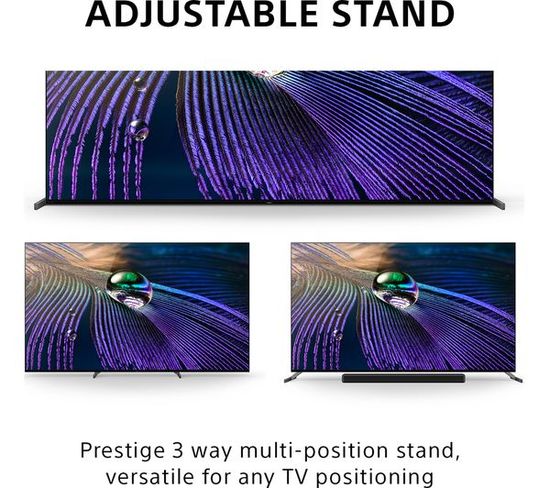
In the extreme position, feet extend beyond the left and right edges of the TV. In this position, the gap between the bottom of the TV and the cabinet practically does not exist. But, of course, low-profile option increases the minimum width requirement for your TV cabinet. Second option raises the TV about 2.8 inches (7cm), creating a space for the soundbar.
A80J also has 3-way multi-position stand, but without low-profile option.
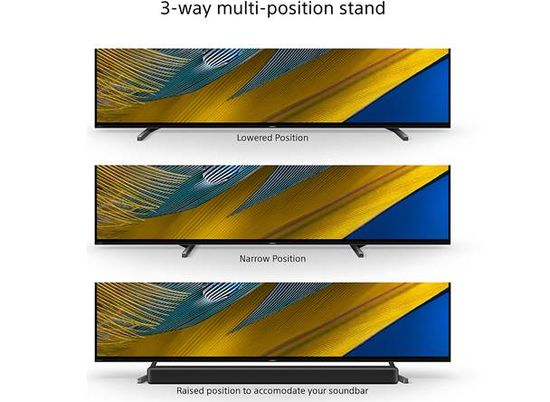
All TVs have the same connections, including aerial, satellite (Freesat for the UK), ethernet and optical ports, 3x USBs and 4x HDMIs (2x HDMI 2.1). Additionally, A90J has a pair of speaker connectors. They allow the TV to be used as a center speaker in a surround sound system.
One of the two HDMI 2.1 supports eARC / ARC (transfer audio from TV to external sound system).
Unfortunately, both series do not support VRR (Variable refresh rate) ‘out of the box’. Probably, this function will appear after the firmware update.
Key features
According to specs, both sets support 4K@120Hz. Unfortunately, this mode disables ALLM (Auto Low Latency Mode), Dolby Vision, and Dolby Atmos sound. All these options work fine only in Enhanced Format modes with a limitation of up to 60Hz.
The additional aluminum substrate in the A90J acts as a heat sink, protecting the organic LEDs from overheating. This solution allowed the developers to increase its brightness. Unfortunately, it’s also limited. With a brightness of about 1300 nit, the TV heats up and automatically lowers it. But in fairness, TV perfectly displays bright small details even in HDR content. Both series provide flawless motion handling. A90J & A80J use Acoustic Surface Audio+ technology.
This innovative system uses actuators to transmit vibration to the screen. In fact, its entire surface turns into speaker.
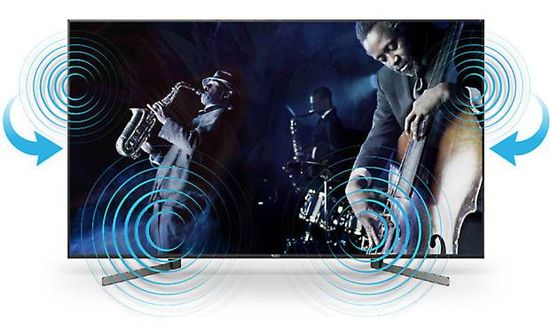
As a result, the system ensures perfect video-to-audio synchronization.
But A90J audio power output reaches 60 W vs 30 W in A80J.
Both series feature Google TV ‘out of the box’ and Sony’s own Bravia Core app. This streaming service based Pure Stream technology provides 4K UHD Blu-ray equivalent quality with streaming up to 80 Mbps. Unfortunately, this excellent option requires a minimum 115Mbps of internet connect.
Conclusion
Pros
– high immersive level with Cognitive Processor XR;
– Bravia Core app;
– up to 80 Mbps with Pure Stream technology;
– Google TV ‘out-of-the-box’;
– near-perfect black levels and contrast ratio;
– perfect pre calibration;
– Acoustic Surface Audio+ technology;
– very wide viewing angles;
– smooth motion with nearly instant response time;
Cons
– risk of burn-in for organic LEDs;
– no VRR support;
– 4K@120Hz blocks ALLM, Dolby Vision, and Dolby Atmos sound;
– limited brightness.
A90J vs A80J differences
– A90J is brighter with additional laminated aluminum sheet to dissipate heat and protect organic LEDs from overheating;
– Pre calibration of A90J matches the quality of a studio monitor bvm x300 for mastering ($ 10,000);
– Auto White Balance function in A90J corrects colors based on ambient light;
– A90J audio power output is 60 W vs 30 W in 55 “and 65” A80J or 50 W in 77 “A80J;
– A80J stand has an additional ‘low-profile’ option with feet outside the TV perimeter;
– Hands-Free Voice Search with built-in microphone in A90J.
– A80J radically cheaper ($ 1,800 / $ 2,300 vs $ 2,800 / $ 3,800 for 55in & 65in models).
In fact, the Sony A80J OLED is a significantlyi more affordable alternative to the Sony A90J OLED with nearly identical functionality and specs. Of course, the A90J wins marginally and is preferable in case of unlimited budget. But the A80J wins radically in terms of value for money.
The discrepancy between the excessive price differentials for nearly identical TVs is bewildering, but perhaps the company has a reason for such a pricing strategy.
This video offers A80J vs A90J comparison.
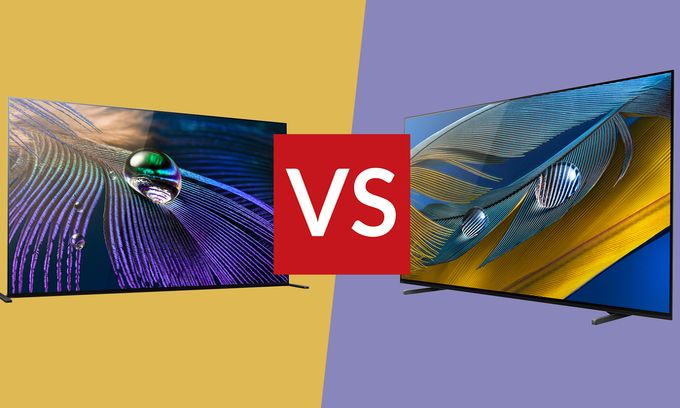
Pingback: Sony BRAVIA XR TVs with Cognitive Processor Review - The Appliances Reviews
Pingback: Sony Bravia XR A90J - best OLED 4K TV? Review - The Appliances Reviews
Pingback: Google TV (Android TV) vs webOS, Tizen and other Review - The Appliances Reviews